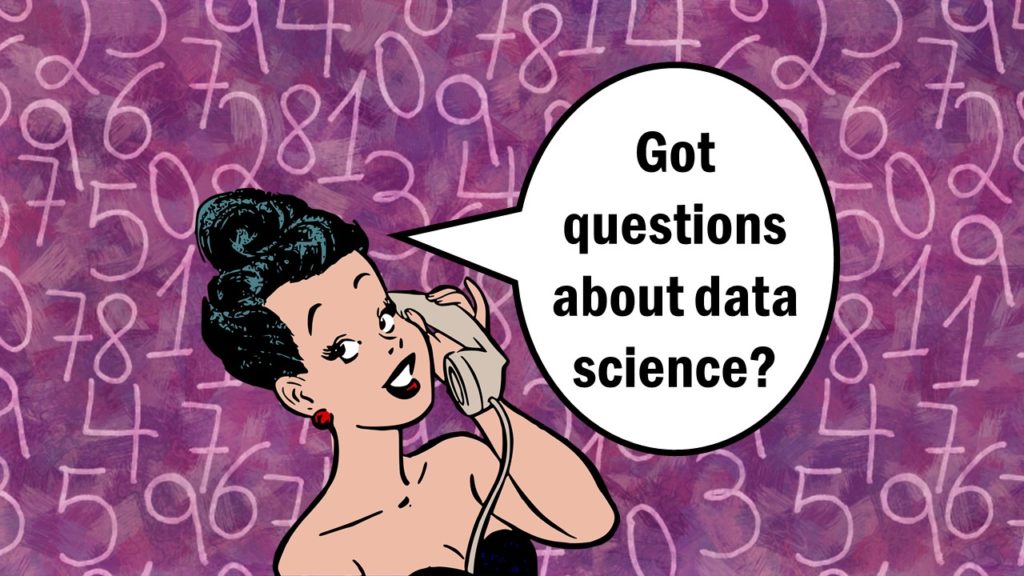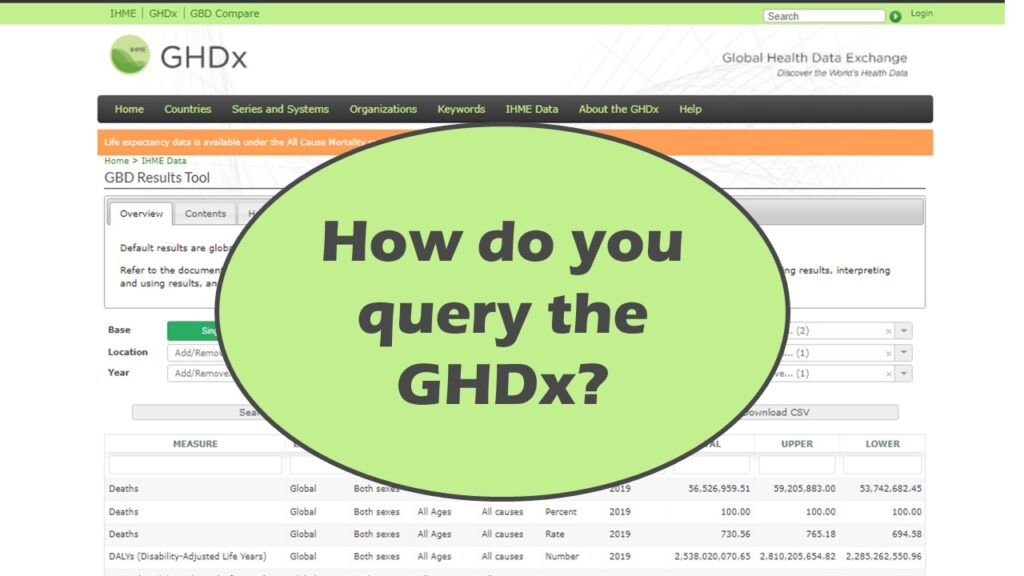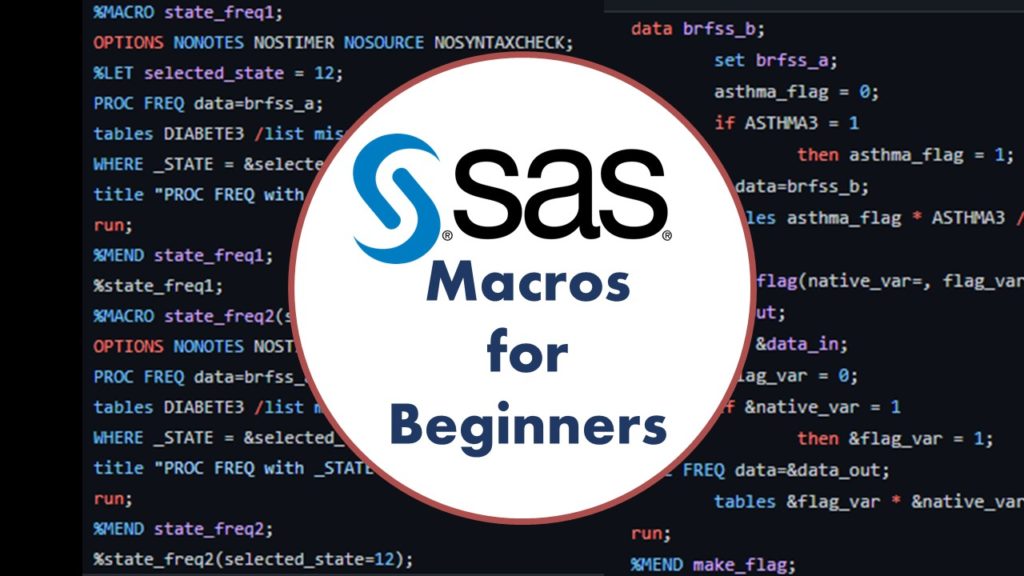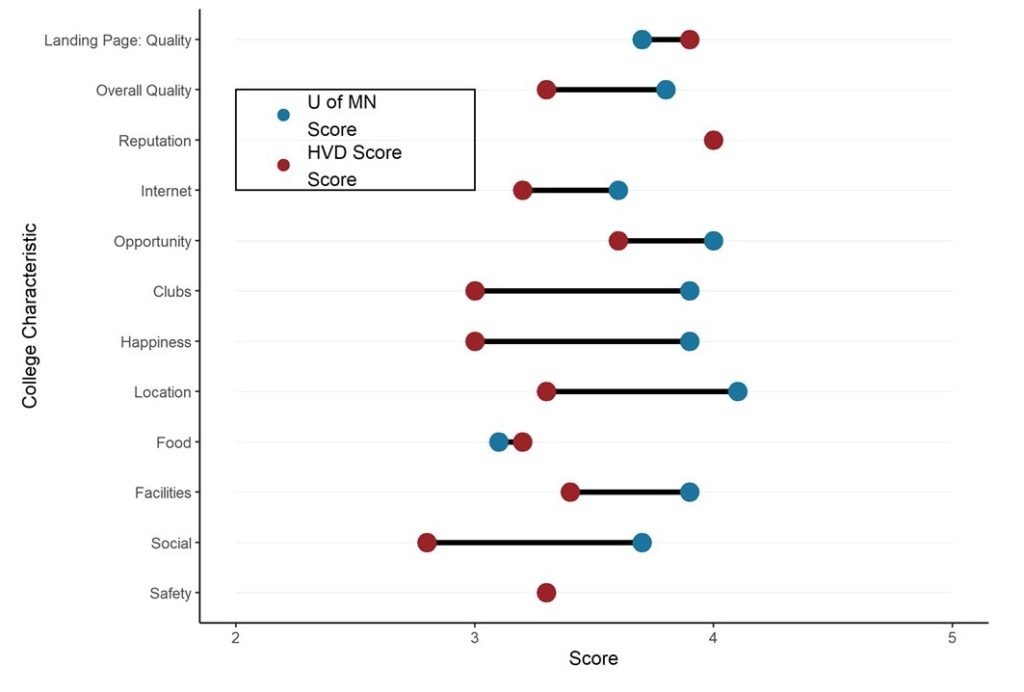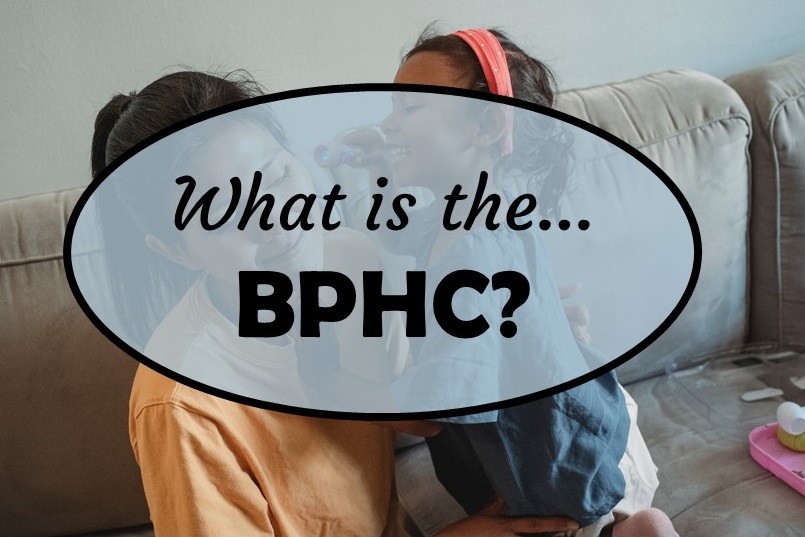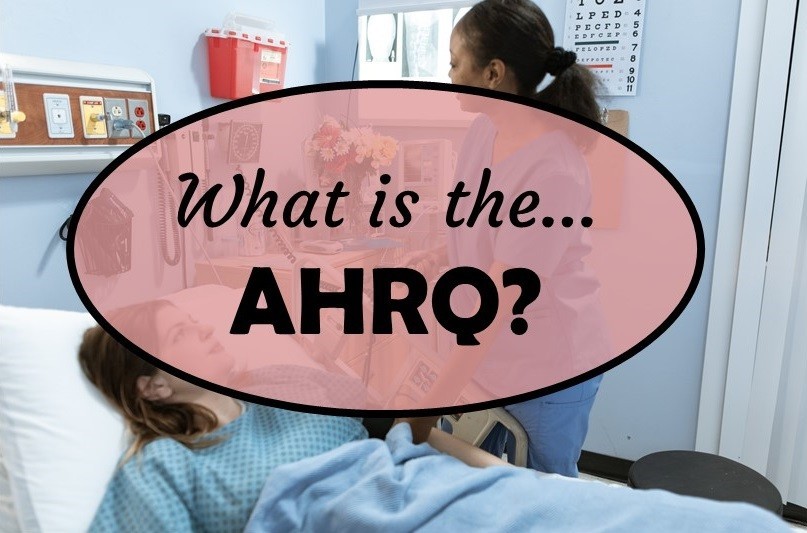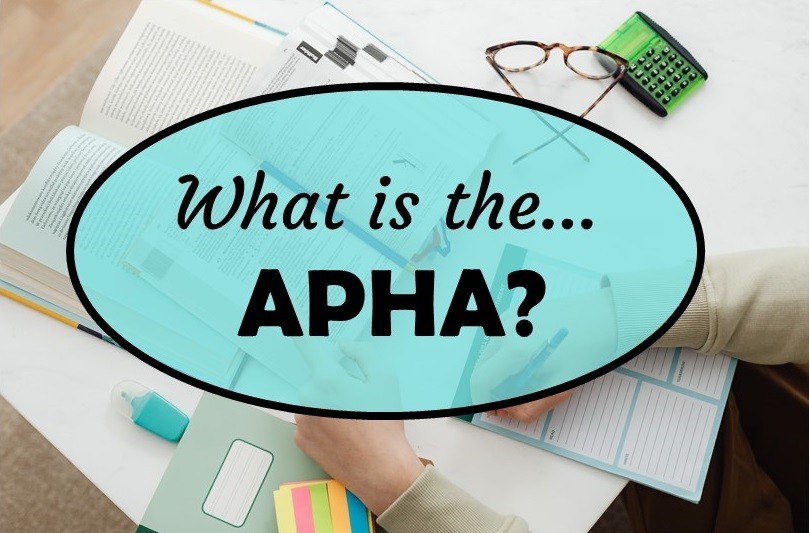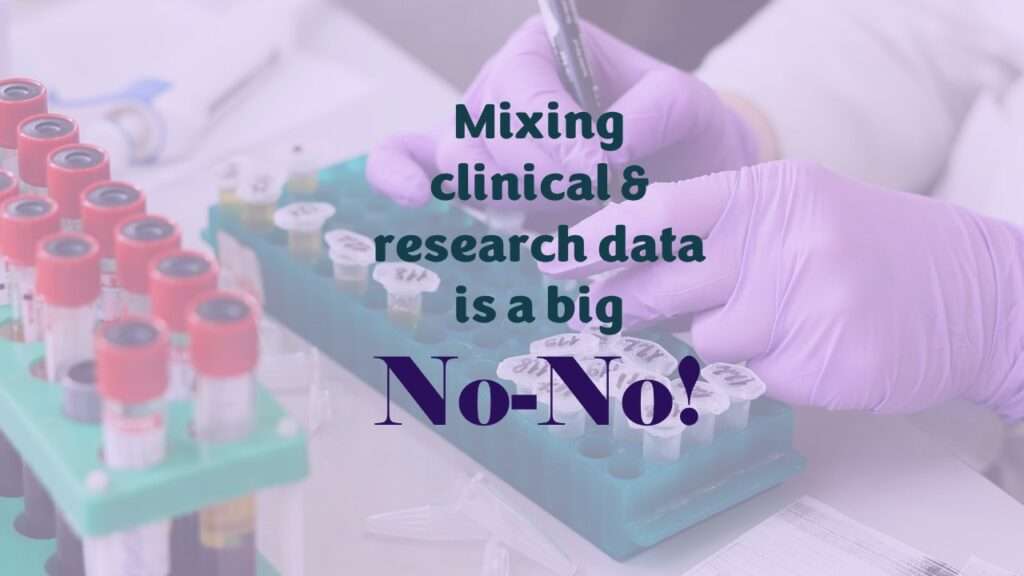Portfolio project examples are sometimes needed for newbies in data science who are looking to complete independent projects. This blog post provides some great examples of independent projects you can do with datasets available online!
Tag Archives: online learning
Testimonials for Monika Wahi’s data science courses on LinkedIn Learning are posted here. Read what learners are saying to help you decide if you want to take the courses!
Querying the GHDx database is challenging because of its difficult user interface, but mastering it will allow you to access country-level health data for comparisons! See my demonstration!
Need online curriculum in data science or public health that keeps the learners engaged? I share a links to free resources as well as my hacks to interest high!
Want to get started learning about SAS macros? This blog post provides SAS macros for beginners with video tutorials to walk beginners and code newbies through the basic steps!
Want to compare multiple rankings on two competing items – like hotels, restaurants, or colleges? I show you an example of using a dumbbell plot for comparison in R with the ggalt package for this exact use-case!
The United States (US) Bureau of Primary Healthcare (BPHC) is the federal agency that funds our safety net infrastructure serving patients who can’t get on Medicare or Medicaid. I explain how all that works, and the relationship of BPHC to the rest of the public health infrastructure.
Want to know what AHRQ stands for, what it does, and how all that relates to US public health? AHRQ is a main player in public health – even though it is technically supposed to be focused on healthcare.
Curious about the American Public Health Association (APHA) – what it does, and where it fits into the bigger picture of public health organizations? I delve into these topics, and explain how you can get involved.
Read my last post in a series on data-related misconduct at startup Theranos outlined in the book, “Bad Blood”, where I discuss their lack of administrative barrier between research and clinical data.


